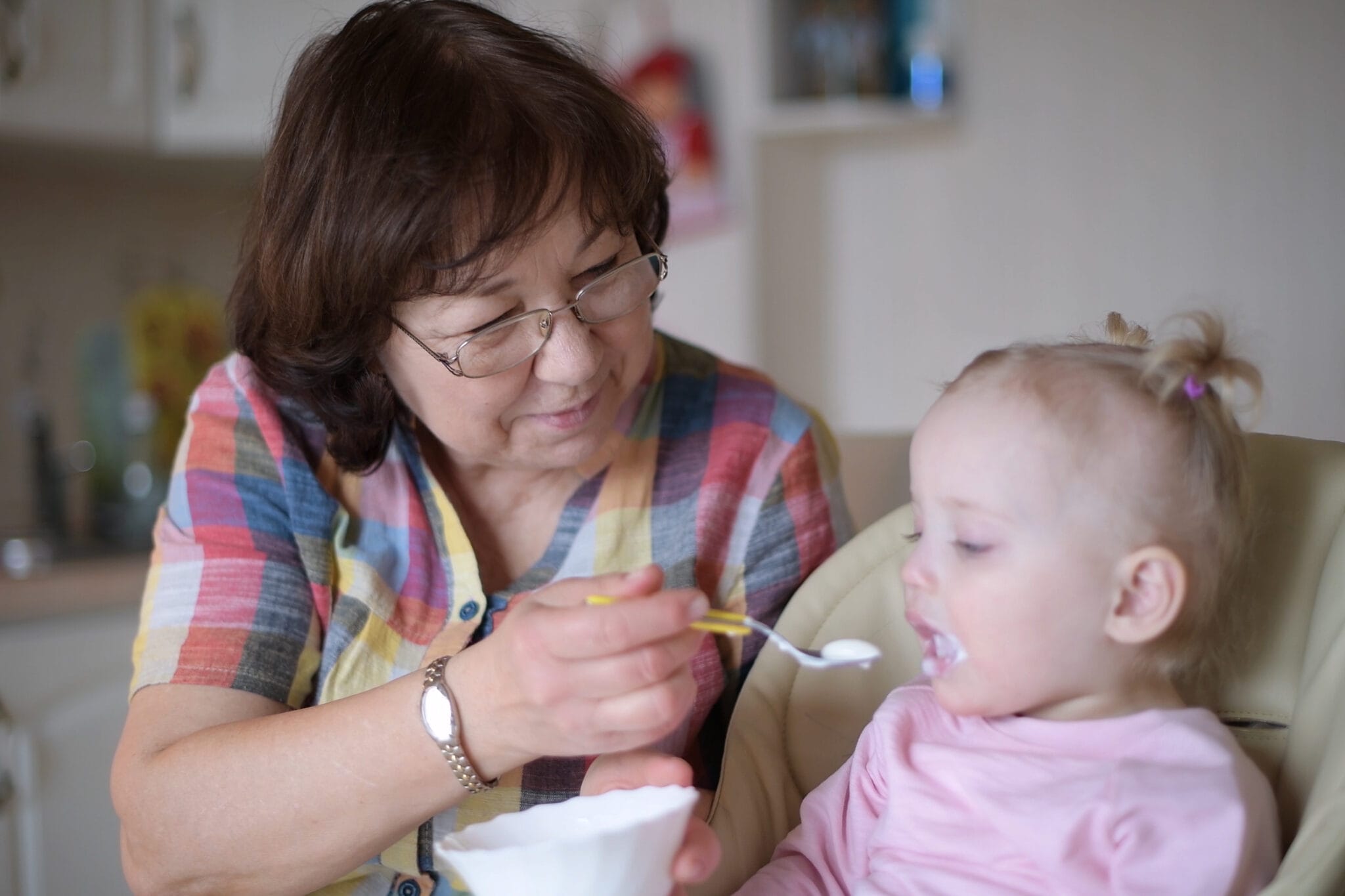Family, friend, neighbor (FFN), and nanny caregivers play an important role in the early care and education landscape, but they are sometimes overlooked or treated as a monolith in research and policy.
Nonetheless, FFN and nanny caregivers provide an essential service to families, and we are learning that many families would ideally choose to include these caregivers as part of their child care arrangements, regardless of whether they access other services or need care during nonstandard hours.
The Center for the Study of Child Care Employment (CSCCE) is in the process of studying FFN and nanny care in California. In the fall of 2022, we surveyed parents about their use of this type of early care and education—and we also surveyed the caregivers themselves. We reached approximately 375 grandparents, aunties, nannies, and other caregivers who look after young children. This spring, we will be holding focus groups to learn more about these caregivers’ experiences, strengths, and needs.
Who are FFNs and nannies in California, and what do their arrangements with families look like? We know from other studies that caregivers are a diverse group, with representation across racial and ethnic backgrounds, income levels, and geographic regions. Below are some quick facts about our study sample.
We estimate that FFN and nanny caregivers provide around 30 hours per week of child care (our median estimate). About one half of the caregivers receive some form of payment, such as cash or a government subsidy.
The vast majority of FFN and nanny caregivers in our study are women (87 percent), and two thirds are people of color. The median age of caregivers is 42, and one in three is age 50 or older.
Nearly two thirds of caregivers look after two or more children.
Since our study focuses on care for children under age six, caregivers in our sample look after at least one child in this age range.
- Approximately 70 percent of FFN and nanny caregivers are related to some or all of the children in their care.
- The number of children varies, but we estimate a median of two children per caregiver. Only 39 percent of these caregivers look after a single child.
In other words, FFN and nanny care arrangements don’t necessarily follow a simple pattern. For example, one grandmother may look after a single grandchild, while another might pair their grandchild up with the child of a close family friend. One nanny might look after a pair of siblings, but another may participate in a nanny-share arrangement between two families.
We were also curious how long FFN and nanny caregivers have been taking care of kids, not including time spent looking after their own children. Our study suggests that the median is six years of experience. In fact, 22 percent of these caregivers have been providing care for 6-10 years, 9 percent for 11-15 years, and 21 percent for more than 15 years! This finding suggests that many FFNs and nannies may be committed to providing care, rather than viewing it as a short-term arrangement to address an immediate need.
One out of five caregivers has been providing care for more than 15 years.
We have much more to learn and share about FFN and nanny care in California. While we won’t be able to shed light on every aspect of this important type of early care and education, we have more data coming soon. In just a few weeks, we will be publishing a report on our 2022 survey of parents. Stay tuned to learn more about the ways in which parents in California use family, friend, neighbor, and nanny care—and how some parents even consider it the ideal form of early care and education.



